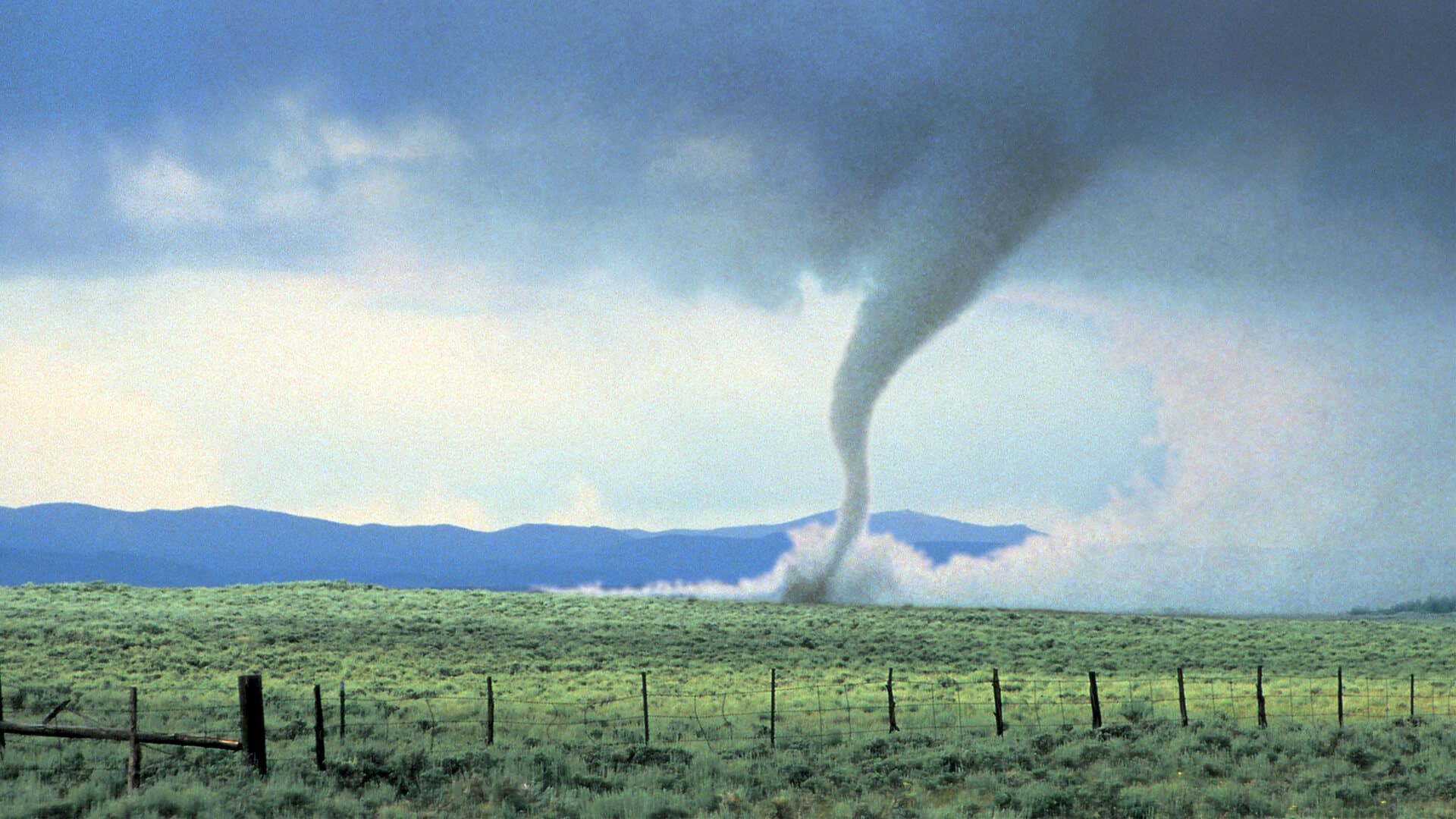Scientists recently unveiled an astonishing discovery in the Pacific Ocean, identifying 50 new species along a bustling underwater ridge. This area, previously thought to be less biologically active, turned out to be a treasure trove of biodiversity including corals, fish, crabs, sea urchins, squids, sea stars, glass sponges, and squat lobsters.
Ben Frable, one of the researchers involved from UC San Diego’s Scripps Institution of Oceanography, hinted at more surprises ahead, with potential revelations of additional species based on specimens collected during the exploration.
“It’s amazing that we can still find species that are new to science in a place where people are visiting pretty regularly — it just shows how big and complex the world is,” Frable remarked.“We were able to gather a huge amount of scientific information in two weeks and the participation of so many talented underwater photographers was a unique and integral aspect of the expedition.”
Among the novel findings was a species of wrinkle coral, which set a new world record as the deepest-living photosynthesis-dependent animal discovered to date. This remarkable organism was spotted during a deep-sea voyage along a 1,800-mile chain of underwater mountains stretching from Easter Island (Rapa Nui) to Chile.
The expedition also unveiled vast fields of sponges and corals, identified by Adrian Mechó, a researcher in the Climate Variability and Change group at the Barcelona Supercomputing Center. These ecosystems are fragile and in urgent need of protection. Mechó’s team mapped approximately 20,400 square miles of ocean terrain, providing vital data for conservation efforts.
This breakthrough follows a previous expedition to the Nazca and Juan Fernandez Ridges, which also revealed over 100 likely new species. Together, these expeditions underscore the critical need to safeguard the ocean’s rich biodiversity.
In the broader context of marine conservation, the Salas y Gómez Ridge has been nominated for inclusion under a High Seas Treaty—a global agreement that aims to protect international waters. While only Chile and Palau have ratified the treaty so far, it requires a total of 60 countries to ratify it for it to take full effect. Upon reaching this threshold, signatory countries can establish marine protected areas, supported by scientific evidence, to preserve these vital habitats for future generations.
These research endeavors are not just about cataloging new species; they are a call to action for the global community to recognize and protect the immense, yet vulnerable, biodiversity of our oceans.











